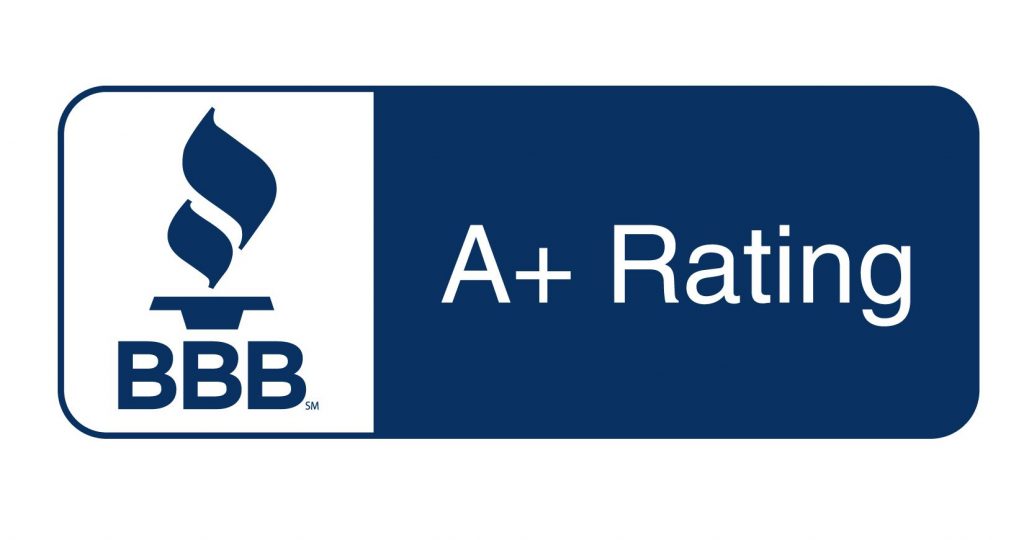If you’re enrolled in Original Medicare (Part A and Part B), you already know it doesn’t cover everything. You’re still responsible for deductibles, copayments, and coinsurance, which can add up quickly. (And that’s on TOP of your premiums, of course!) Fortunately, there is a solution to all those out-of-pocket costs: Medigap plans.
Medigap policies help cover these out-of-pocket “gaps,” making it easier to budget for health care. But since Medigap policies come with monthly premiums, a common question we hear at Carolina Senior Benefits is: Which Medigap plan is the cheapest?
The answer isn’t as simple as naming just one plan, because your costs depend on the benefits you choose, your location, and the insurance company that issues your policy. Let’s walk through how Medigap works, how pricing is determined, and which plans are usually considered the most affordable.
How Does Medigap Work?
Medigap plans are sold by private insurance companies but standardized by the federal government. This means that a Plan G in North Carolina has the exact same medical benefits as a Plan G in California. The difference lies in the monthly premium each company charges.
Most states offer up to ten standardized Medigap plans, labeled A through N. Not all plans are available everywhere, but wherever they are offered, the benefits remain consistent.
Medigap plans help pay for costs such as:
- Medicare Part A deductible and coinsurance for hospital stays
- Medicare Part B coinsurance for doctor visits and outpatient care
- Skilled nursing facility coinsurance
- Hospice care coinsurance
- Part B excess charges (in certain plans)
Some plans provide “first-dollar coverage,” meaning you owe nothing for covered services, not even deductibles. Others leave you with a small share of costs in exchange for lower monthly premiums.
It’s important to know that Medigap plans do not cover prescription drugs. If you want drug coverage, you’ll need to enroll in a separate Part D plan. And if you are enrolled in a Medicare Advantage plan, you cannot have Medigap at the same time.

How Are Medigap Plans Priced?
The cost of a Medigap plan depends on three main factors: the benefits included, your location, and the pricing method the insurance company uses.
- Benefits Covered: Plans that cover more (like Plan F and Plan G) typically cost more. Plans that leave you responsible for a portion of your care (like Plan N, K, or L) usually have lower premiums.
- Location Matters: Premiums vary widely by state — and sometimes even by ZIP code. A Plan G in North Carolina may cost half as much as the same Plan G in Florida, simply because health care costs and demographics differ between regions.
- Rating Methods: Insurance companies use three pricing methods:
-
- Issue-age-rated: Premiums are based on the age you are when you buy the plan. They don’t increase as you get older, but they may rise due to inflation or company-wide adjustments.
- Attained-age-rated: Premiums start lower but increase as you age. This is the most common method.
- Community-rated: Everyone pays the same premium regardless of age.
Which Medigap Plans Are the Cheapest?
When people ask about the “cheapest” plan, they usually mean the lowest monthly premium. But it’s important to also consider the long-term value. Sometimes paying a little more each month can save you thousands in out-of-pocket costs later.
Here’s how the most common plans stack up:
Plan N: Popular Low-Premium Choice
Plan N is often one of the most affordable Medigap options. It covers most of your costs but requires small copays for doctor visits and emergency room trips, plus you may be responsible for Part B excess charges in some states.
- Pros: Lower monthly premiums, strong coverage against big expenses
- Cons: Copays and possible excess charges
Plan K and Plan L: Budget-Friendly Safety Nets
These plans cover a percentage of your costs (50% with K, 75% with L) until you reach an annual out-of-pocket maximum. After that, the plan pays 100% of covered services.
- Pros: Very low premiums, protection from catastrophic costs
- Cons: Higher cost-sharing until you hit the maximum
Plan G: Best Value for Comprehensive Coverage
Plan G has become the go-to choice for many Medicare beneficiaries. It covers everything except the Part B deductible, which is $257 in 2025. Its premiums are higher than Plan N, K, or L, but usually lower than Plan F, which is no longer available to new Medicare enrollees.
- Pros: Predictable costs, very comprehensive coverage
- Cons: Higher monthly premium compared to Plans N, K, or L
Short-Term Savings vs. Long-Term Value
When comparing plans, think about both your immediate budget and your potential long-term needs.
Short-term savers may prefer Plan N, K, or L for the lower monthly cost. These are good fits if you’re generally healthy and want protection mainly against catastrophic expenses.
Long-term planners often choose Plan G. Even though the monthly premium is higher, it can save you significant money if you need frequent medical care.
Tips for Keeping Medigap Costs Low
While you can’t completely control your Medigap costs, there are a few things you can do to keep them as low as possible.
- Enroll Early: Your six-month Medigap Open Enrollment Period (which begins the month you turn 65 and are enrolled in Part B) is the best time to buy. You’ll get the lowest rates, and companies cannot deny you coverage or charge more due to health conditions.
- Compare Carriers: Since benefits are standardized, the only real difference is price and service. It pays to shop around.
- Think Long-Term: Switching to a more comprehensive plan later may require medical underwriting. Choose a plan you’ll be comfortable with for years to come.
- Work with an Independent Broker: A licensed broker like Carolina Senior Benefits can compare rates from multiple companies in your state and help you understand which plan balances cost and coverage for your needs.
Get Medigap Help from Carolina Senior Benefits
So, which Medigap plan is the cheapest? If you’re looking strictly at monthly premiums, Plans N, K, and L usually come out on top. But if you want the most long-term value, Plan G often provides the best balance between cost and coverage.
The real “cheapest” plan is the one that fits your health needs, your financial situation, and your long-term goals. That’s why it’s important to compare your options carefully. It’s also why working with a knowledgeable, independent broker can make all the difference.
At Carolina Senior Benefits, we help Medicare beneficiaries find the right plan at the best available price. If you’re wondering which Medigap plan will give you the most value, we’re here to guide you every step of the way.





